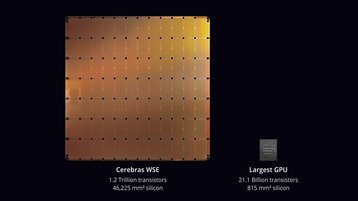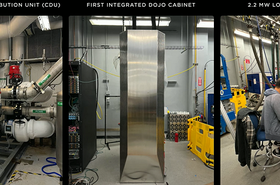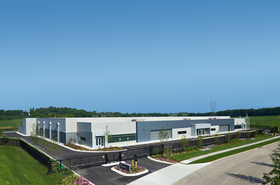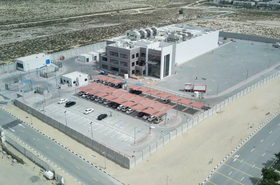The US National Nuclear Security Administration (NNSA) has kicked off an early research project to look for technologies that could be 40 times faster than the world's most powerful planned supercomputer.
Under the Advanced Simulation and Computing (ASC) program, the nuclear weapons developers are seeking to develop systems tens of times more powerful than El Capitan, which could pass two exaflops of performance at peak when it launches some time in the next two years.
As part of that, NNSA will study chips from Cerebras, a startup that develops wafer-scale semiconductors.
The company currently offers the Cerebras CS-2 system features the Wafer Scale Engine 2, the world's largest semiconductor, with 2.6 trillion transistors. Built on TSMC 7nm, it has 850,000 'AI optimized' cores, 40GB of on-chip SRAM memory, 20 petabytes of memory bandwidth, and 220 petabits of aggregate fabric bandwidth.
The WSE-2 chip is sold packaged with the Cerebras CS-2, a 15U box that also includes HPE’s SuperDome Flex.
Such a Cerebras system will be part of the Department of Energy's Advanced Architecture Prototype Systems (AAPS) effort to test out experimental systems, under the wider ASC effort.
AAPS previously built the Astra Arm-based supercomputer, while ASC will also look at “quantum computing and other novel hardware, computer architecture, and software; the likely trajectory of relevant hardware and software technologies; and the ability of the US industrial base to meet NNSA’s needs," a project page first reported by HPCwire notes.
Supercomputing institutions Argonne, Lawrence Livermore, and PSC, as well as AstraZeneca, GSK, Tokyo Electron Devices, and AbbVie are all experimenting with Cerebras systems. Earlier this year, the National Center for Supercomputing Applications (NCSA) deployed the CS-2 system in their HOLL-I supercomputer.







